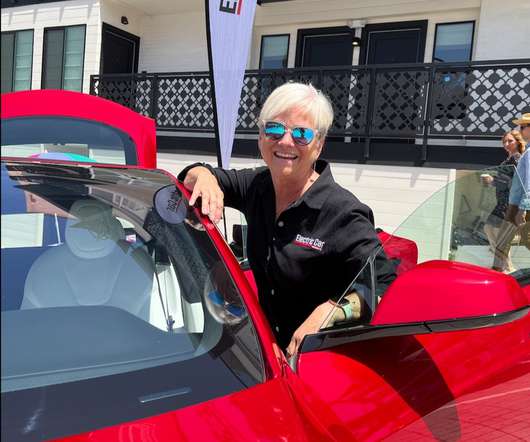Pike Research projects California, New York and Florida to lead US in PEV sales
Green Car Congress
FEBRUARY 10, 2011
Pike projections of cumulative light duty plug-in electric vehicle sales, 10 largest MSAs by population, 2011-2017. Pike Research has earlier forecasted the plug-in electric vehicle (PEV) market at the national level in the US, globally, and within world regions and key countries. By 2017, PEVs will represent a 5.4%, 3.7%












Let's personalize your content